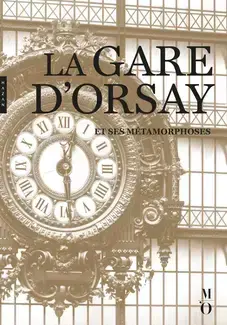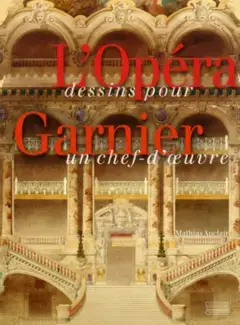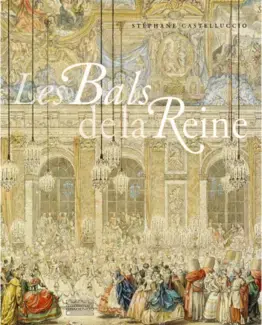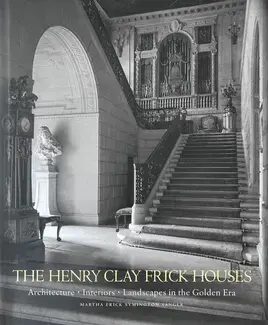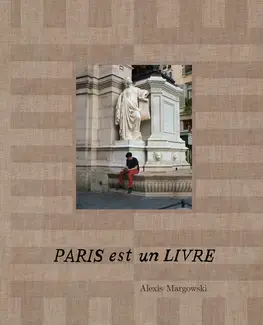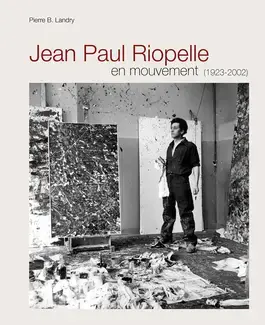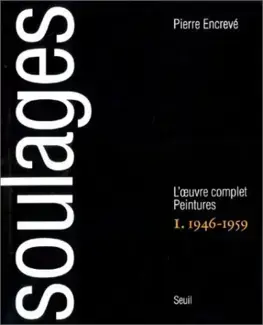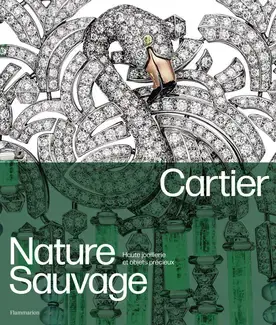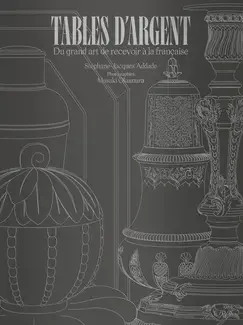 Home
Home
Jacques Ignace Hittorff : Précurseur Du Paris D'haussmann
Auteur(s) : Michael Kiene
Very few works have been devoted to Jacques Ignace Hittorff (1792-1867), who was nevertheless one of the main representatives of the 19th century architecture to which Paris owes its image. The fact that this architect, a "Parisian" among them all, was of German nationality is no doubt not unrelated to the relative discretion in which his work was held for a long time, just like Haussmann's hostility towards him and the loss of a large part of his archives.
Nevertheless, it was this little-known architect who - from 1810 until the end of his life - redesigned the heart of Paris, imagining one of the most beautiful perspectives of European urbanism: under the July Monarchy and then under the Second Empire, he created and laid out the axis from the Place de la Concorde to the Champs-Elysées, joining the Place de l'Étoile and continuing to the Bois de Boulogne. The author of numerous Parisian buildings, including the Gare du Nord, Hittorff was also noticed by his contemporaries for his famous theory on polychromy in Greek architecture, that was put into practice in several of his Parisian projects, notably on the facades of the Cirque d'hiver and the Saint-Vincent-de-Paul church.
This book - which includes a complete catalogue of Hittorff's work - is an invitation to revisit Paris through the achievements of the Cologne architect.



sécurisé

mondiale

& conseils

& collecte en magasin
We also
recommend
Bookshop
New book new
Bookshop
Favorites







